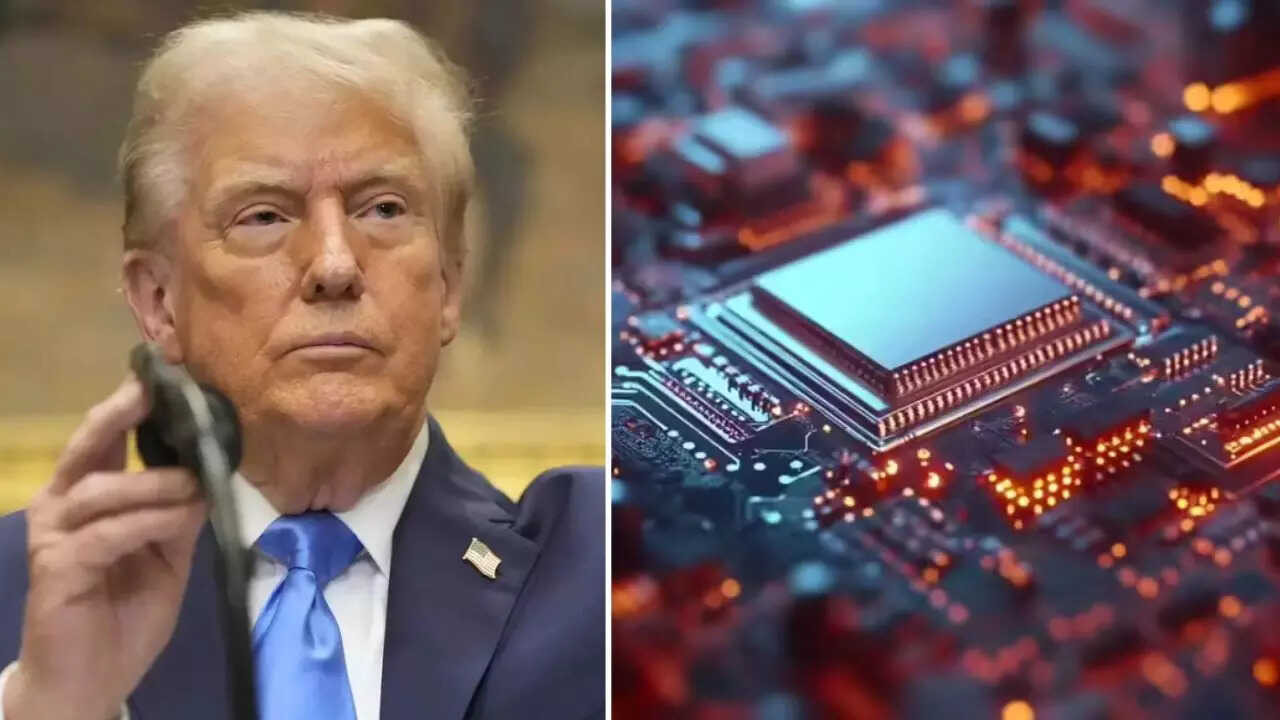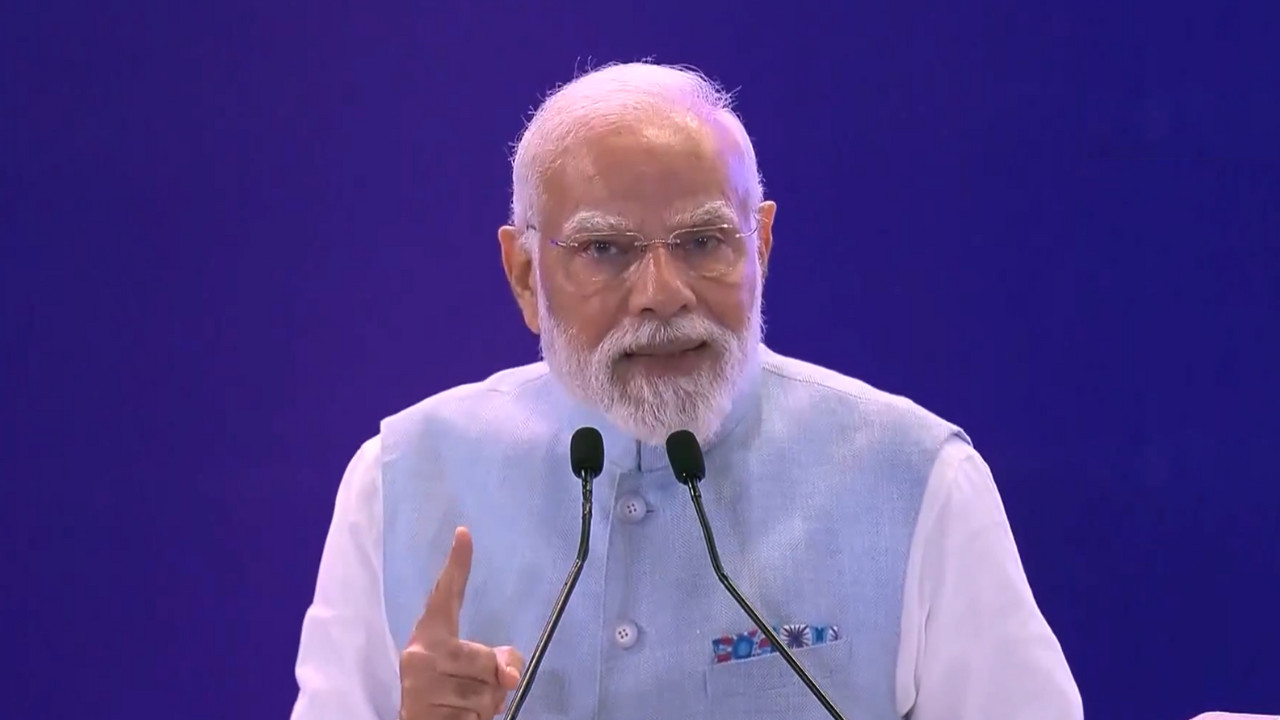The Trump administration is reportedly planning new tariffs on imported electronics, based on their chip content, to boost US manufacturing. This move could impose a 25% rate on chip value, potentially raising costs for American consumers and worsening inflation. Major chipmakers like TSMC and Samsung might face significant impact, as the policy aims to reshore critical production.
The Chip Wars Heat Up: Will Tariffs Spark a Tech Revolution?
The air in Washington is thick with whispers of semiconductor strategy. Forget trade wars of the past; the new battleground is silicon. Reports are circulating that the US government is actively considering imposing tariffs on foreign electronics that rely on chips produced outside the country. The goal? To bolster national economic security and revitalize domestic chip manufacturing. But what does this all really mean for consumers, businesses, and the future of global tech?
This isn’t just about slapping a tax on your new smartphone. This is a fundamental shift in thinking, a recognition that control over semiconductor production is no longer just an economic advantage, but a matter of national survival. Chips are the brains of modern life, powering everything from cars and refrigerators to defense systems and artificial intelligence. Dependence on foreign suppliers, particularly in an era of geopolitical instability, presents a clear vulnerability.
The idea is simple, at least on the surface: make it more expensive to import electronics containing foreign-made chips. This theoretically incentivizes companies to source components from domestic manufacturers or those within allied nations, encouraging investment in US-based chip factories and research. Think of it as a high-stakes game of economic chess, where the US is trying to strategically reposition its pieces for long-term dominance. The Trump administration explored similar ideas, and the current administration seems to be picking up the thread, possibly with a different spin.
But the implications are anything but simple.
The Ripple Effect of Semiconductor Tariffs
Imagine a world where your laptop suddenly costs significantly more. Or where car manufacturers struggle to secure essential components, leading to production delays and inflated prices. These are just a few potential consequences of widespread chip tariffs.
The electronics industry operates on a global scale. Complex supply chains crisscross the globe, with different companies specializing in different aspects of chip design, manufacturing, and assembly. Imposing tariffs could disrupt these carefully calibrated networks, leading to higher costs for businesses and consumers alike. It’s a delicate balancing act – trying to strengthen domestic capabilities without crippling the very industries the government is trying to protect.
The impact on international relations is also worth considering. Major chip-producing nations like South Korea and Taiwan could view tariffs as a hostile act, potentially triggering retaliatory measures and escalating trade tensions. The risk of a full-blown tech war, with countries erecting barriers to trade and investment, is a real one.
A Spark for Innovation?
While the potential downsides are undeniable, there’s also a possibility that tariffs could act as a catalyst for innovation. Facing higher import costs, companies might be more inclined to invest in developing alternative chip technologies or finding ways to optimize their existing designs. This could lead to breakthroughs in areas like energy efficiency, processing power, and even entirely new approaches to computing.

Furthermore, tariffs could provide a much-needed boost to the US semiconductor industry. Companies like Intel and GlobalFoundries are already investing heavily in expanding their domestic manufacturing capacity. Tariffs could further incentivize this trend, creating jobs, driving economic growth, and solidifying the US position as a global leader in chip technology. Internal link: [Read about related manufacturing trends here].
Navigating the Semiconductor Landscape
Ultimately, the success of any chip tariff strategy will depend on careful planning and execution. The government needs to consider the potential impact on consumers and businesses, engage with international partners, and provide targeted support to domestic manufacturers. This isn’t a problem that can be solved with a simple policy fix. It requires a comprehensive, long-term vision for the future of the semiconductor industry. The Commerce Department is playing a key role in determining the direction of any potential policy.
The conversation surrounding semiconductor tariffs is complex, with potential benefits and drawbacks. Successfully navigating this new landscape will require a nuanced approach that prioritizes both national economic security and global stability. The next few months will be crucial in determining the direction of US policy and its impact on the world stage. If implemented thoughtfully, these measures may revitalize American manufacturing and promote innovation. If implemented too aggressively, this could result in global instability. Either way, change is coming.







